Since the Federal Reserve began its rate-cutting cycle, the crypto asset market has seen a strong rebound. Data shows that since the start of rate cuts, the total market value of crypto assets has increased by more than $300 billion, with a significant rotation effect. Last week, TAO led the AI and public blockchain sector with a 66% rise, hitting an 18-month high and garnering widespread attention within the industry. This article delves into the explosive growth of Bittensor (TAO), exploring the driving factors behind it and its market outlook.
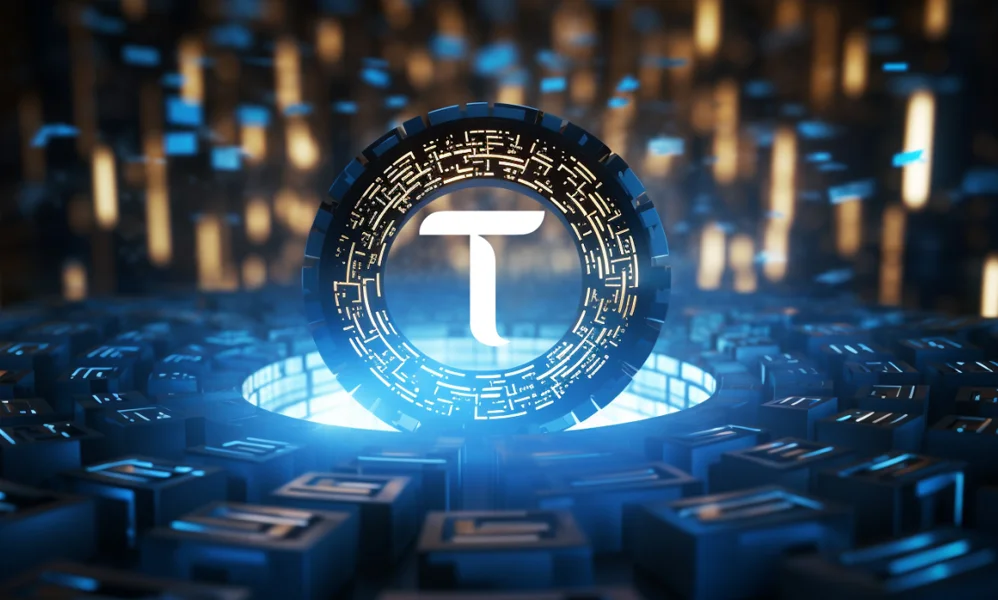
Capital Favors Projects with Strong Narratives
In a rate-cutting cycle, liquidity flows into various sectors, and the crypto market is no exception. Just like in traditional financial markets, crypto investors seek opportunities for high growth, and projects with strong narratives and broad application prospects are more likely to attract capital. Against this backdrop, the intersection of artificial intelligence (AI) and blockchain has become a hot topic, with Bittensor (TAO) emerging as a standout project thanks to its unique technical advantages and strategic positioning.
Key Factors Behind Bittensor's (TAO) Success
- Technical Innovation and Upgrades: Bittensor's recent v8.0.0 release introduced a new BTCLI tool and an improved Bittensor SDK, significantly enhancing network interaction efficiency and user experience. The BTCLI rewrite has made user interactions with the network smoother, while the lightweight Bittensor SDK has made development and deployment more convenient. These upgrades not only optimize the existing system but also offer more opportunities for developers and investors to engage with the Bittensor network.
- AI Training Innovation and Expansion: Bittensor's advancements in decentralized large language model (LLM) training have also drawn significant attention. Its compatibility with the Ethereum Virtual Machine (EVM) has further driven innovation in AI training applications, attracting developers and investors interested in decentralized AI training.
- Expansion of Strategic Partnerships: Bittensor’s partnerships with renowned institutions like MacrocosmosAI and manifoldlabs signify its effort to expand its ecosystem through distributed AI training. These strategic collaborations not only enhance Bittensor's technical capabilities but also increase the project's visibility in the industry, further fueling market interest.
- Growth of Network Effects: Bittensor's ecosystem has expanded rapidly through network effects. As more developers and users join the network, the value for participants increases. This positive feedback loop accelerates network growth, enhancing the value of each node and providing strong incentives for future participation.
Bittensor's Vision for Decentralized AI
Bittensor's core goal is to create a decentralized machine learning network where developers worldwide can collaborate and train AI models, earning TAO tokens as rewards. By leveraging blockchain technology, Bittensor proposes a new model for AI development and distribution, emphasizing decentralized governance and an open innovation environment. Its technical architecture, through components like Subnets and Subtensor, ensures transparency, security, and efficiency in the network.
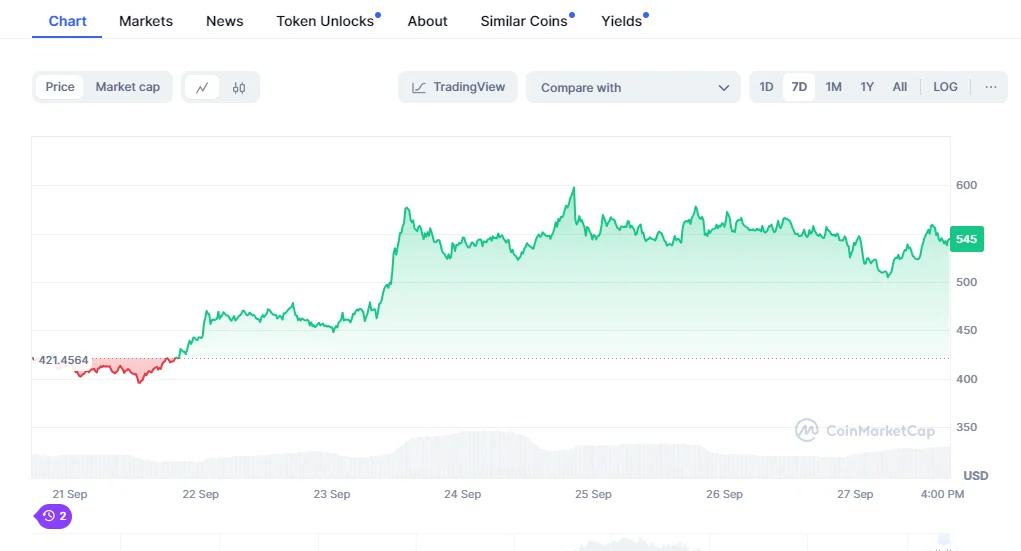
Short-Term Risks and Long-Term Challenges
While Bittensor's technical advancements and market performance are impressive, its ability to sustain success in the future remains to be seen. In the short term, the project needs to demonstrate whether its decentralized AI model can directly integrate with commercial applications; otherwise, it may just be part of the AI hype. In the long term, Bittensor must address the issue of verifying AI computation results and reducing reliance on Web2 projects to build a truly decentralized, sustainable business model.
Additionally, Bittensor faces challenges regarding the adaptability of its token economy model to the market. Although the total supply of TAO is fixed, the value contributed by miners has yet to align with the revenues seen in real-world commercial scenarios. Therefore, accelerating commercialization will be key to the long-term success of the Bittensor project.
Opportunities and Risks Coexist
The surge in TAO highlights the capital market's keen interest in the intersection of AI and blockchain. However, investors must be cautious of market volatility and potential risks when considering this project. As Bittensor gradually expands its ecosystem, its ability to achieve commercialization will determine its true value in the decentralized AI space. Investors should closely monitor market trends and make rational judgments about the project's long-term potential.
FAQ
Q: What is Bittensor (TAO)?
A: Bittensor is a decentralized machine learning network built on blockchain technology that allows developers and users to train AI models and earn rewards in the form of the TAO token. The project aims to optimize the development and distribution of artificial intelligence through decentralization.
Q: What are the main technical advantages of Bittensor (TAO)?
A: The recent v8.0.0 release of Bittensor has brought performance improvements, including a new BTCLI tool and a lightweight Bittensor SDK. These technological innovations enhance user experience and development efficiency, attracting more developers to participate.
Q: Why does Bittensor stand out in the fields of AI and blockchain?
A: Bittensor meets the capital market's demand for innovative AI projects by combining the advantages of AI and blockchain, utilizing decentralized AI model training and distributed network effects. Through technological upgrades and strategic partnerships, it has expanded its ecosystem, attracting more users and investors.
Q: What is the role of the TAO token in Bittensor?
A: TAO is the native token of the Bittensor network, allowing users to access network resources, participate in decentralized AI training, and receive rewards based on their contributions to the network. TAO is also used to incentivize developers, miners, and validators, ensuring the network's ongoing operation and optimization.
Q: What challenges does Bittensor face in its short-term and long-term development?
A: In the short term, Bittensor needs to demonstrate whether its decentralized AI model can effectively integrate with real-world commercial applications. Long-term challenges include validating AI computation results in a decentralized environment, reducing reliance on Web2 projects, and achieving true commercialization to ensure the project's sustainable development.
Related Articles
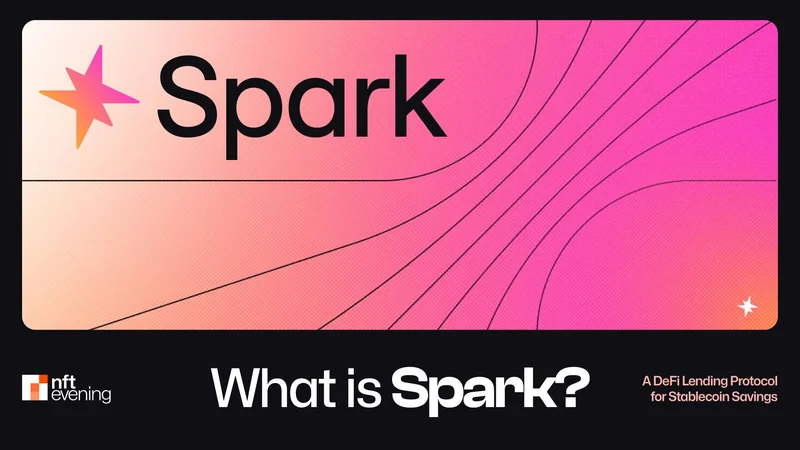
What is SparkLend? A Beginner-to-Advanced Guide to Decentralized Lending Made Easy
SparkLend is a decentralized, non-custodial liquidity market protocol built on the Ethereum blockchain. Simply put, it functions like a bank without intermediaries, allowing users to borrow and lend d
June 26, 2025
What is sUSDS? How Do I Acquire sUSDS?
This guide will walk you through Sky Savings’ sUSDS and sUSDC—your gateway to earning yield with stablecoins while keeping your funds secure.Sky Savings: Your Journey to Stablecoin Yields Begins HereW
June 26, 2025
What is SparkLend? A Complete Guide from Beginner to Pro
SparkLend is a decentralized, non-custodial liquidity market protocol that allows users to participate as lenders or borrowers. Lenders provide liquidity to earn passive income, while borrowers can ta
June 24, 2025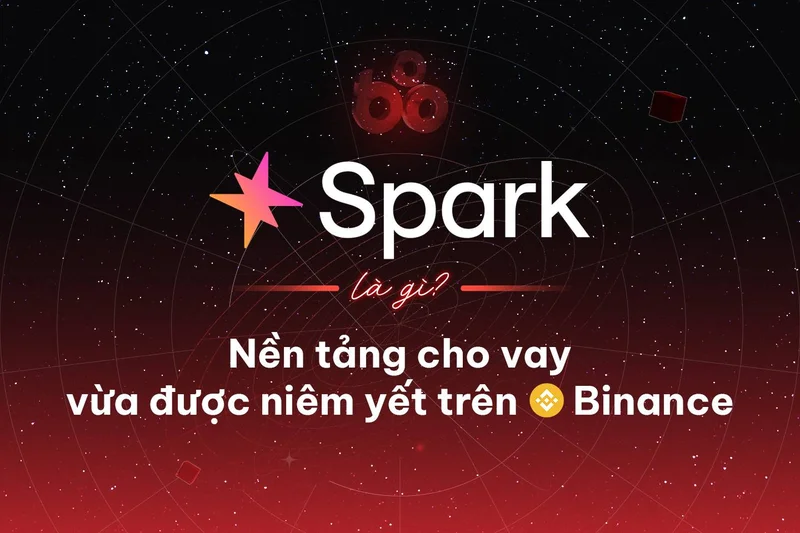
What Exactly Does Spark Protocol Do? A Complete Guide
This guide will walk you through Spark Protocol — an innovative platform designed to tackle the long-standing issue of fragmented liquidity in the DeFi space. You'll learn how to earn yield, borrow as
June 24, 2025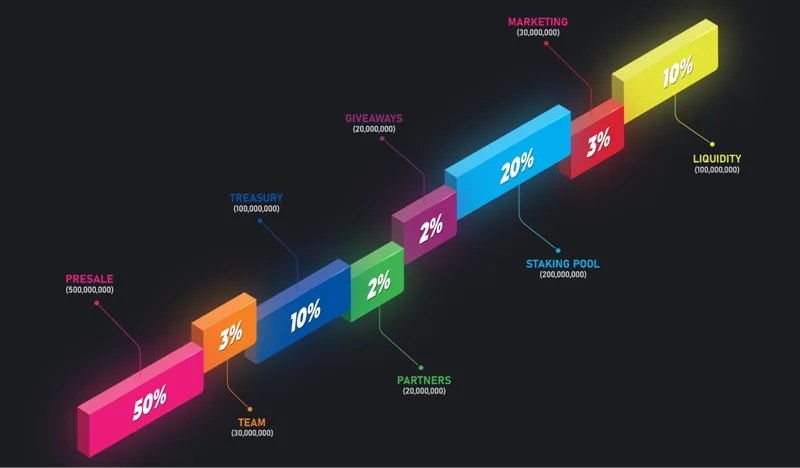
RXS Token Trading Guide: From Presale to Uniswap – A Complete Walkthrough
This guide will walk you through the trading process of the RXS Token, from the restrictions during the presale phase to free trading on Uniswap, helping you trade securely and efficiently.1. Introduc
June 24, 2025
